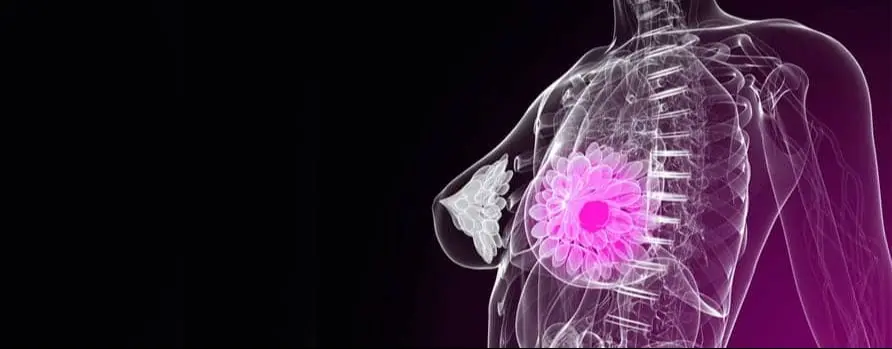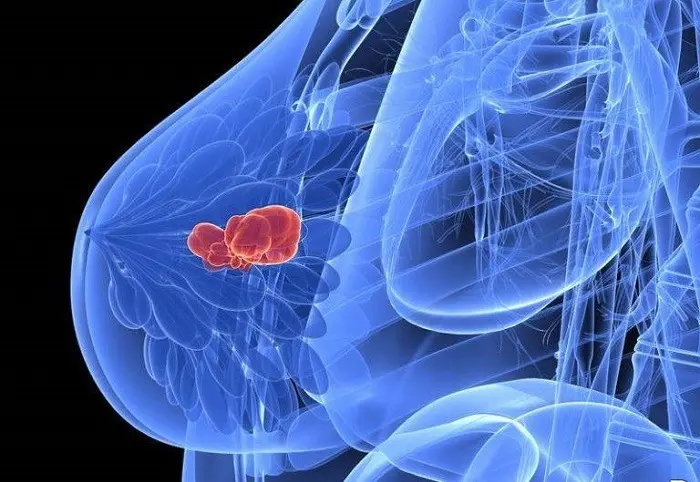CESM (Contrast-Enhanced Spectral Mammography, contrast mammography) is a high-tech mammography method performed following the intravenous injection of iodine-based contrast agent.
In normal mammograms, dense breast tissue can make it difficult to see cancers. Breast cancers are highly vascular tumors. This method, based on highlighting the breast cancer with iodine-based contrast agent given intravenously, makes cancers that cannot be seen due to dense breast tissue visible on mammograms.
Breast MRI examination also uses a technology based on staining the breast cancer with gadolinium-based contrast agent given intravenously. Therefore, the indications of Contrast-Enhanced Mammography (CESM) are similar to breast MRI indications.
The main application areas of contrast-enhanced mammography are to perform more detailed screening in high-risk patients, to look for a satellite tumor in the same or opposite breast when breast cancer is diagnosed, and to better evaluate dense fibrocystic breasts.
Contrast-enhanced mammography procedures are performed on mammography devices equipped with the necessary hardware and software. For this reason, claustrophobia, which can occur in MRI, is not a concern for contrast-enhanced mammography.
Contrast-enhanced mammography (CESM) examination is an easier and faster procedure compared to breast MRI. It is a test with a lower false-positive rate, and thus unnecessary biopsy rates decrease.
During contrast-enhanced mammography, the patient’s normal mammogram is also taken.
Which patients are suitable for contrast-enhanced mammography?
-
Patients in the high-risk group for breast cancer,
-
High-risk women over 40 years old with dense breast parenchyma,
-
Patients for whom a definitive diagnosis cannot be made with normal mammography and ultrasound and therefore biopsy or surgery is planned,
-
Patients with detected breast cancer,
-
Patients who require more detailed evaluation of cancer size and extension in preoperative breast cancer diagnosis,
-
Patients with identified breast cancer who need to determine whether there are additional breast cancer foci in the same or opposite breast,
-
Patients who have undergone surgical operation for breast cancer and are suspected of recurrence.
In conclusion, contrast-enhanced mammography (CESM) increases the efficiency of breast cancer detection and speeds up the diagnostic management of the patient.







